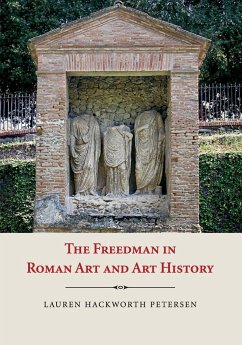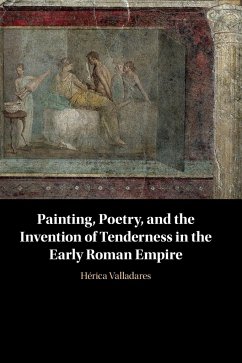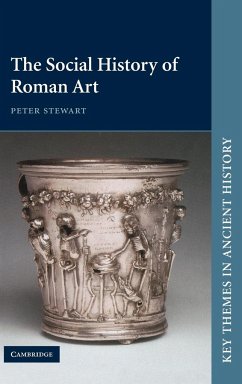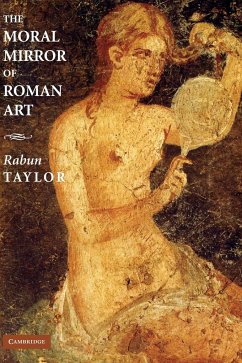
The Death of Myth on Roman Sarcophagi

PAYBACK Punkte
45 °P sammeln!
A strange thing happened to Roman sarcophagi in the third century: their Greek mythic imagery vanished. Since the beginning of their production a century earlier, these beautifully carved coffins had featured bold mythological scenes. How do we make sense of this imagery's own death on later sarcophagi, when mythological narratives were truncated, gods and heroes were excised, and genres featuring no mythic content whatsoever came to the fore? What is the significance of such a profound tectonic shift in the Roman funerary imagination for our understanding of Roman history and culture, for t...
A strange thing happened to Roman sarcophagi in the third century: their Greek mythic imagery vanished. Since the beginning of their production a century earlier, these beautifully carved coffins had featured bold mythological scenes. How do we make sense of this imagery's own death on later sarcophagi, when mythological narratives were truncated, gods and heroes were excised, and genres featuring no mythic content whatsoever came to the fore? What is the significance of such a profound tectonic shift in the Roman funerary imagination for our understanding of Roman history and culture, for the development of its arts, for the passage from the High to the Late Empire and the coming of Christianity, but above all, for the individual Roman women and men who chose this imagery, and who took it with them to the grave? In this book, Mont Allen offers the clues that aid in resolving this mystery.














